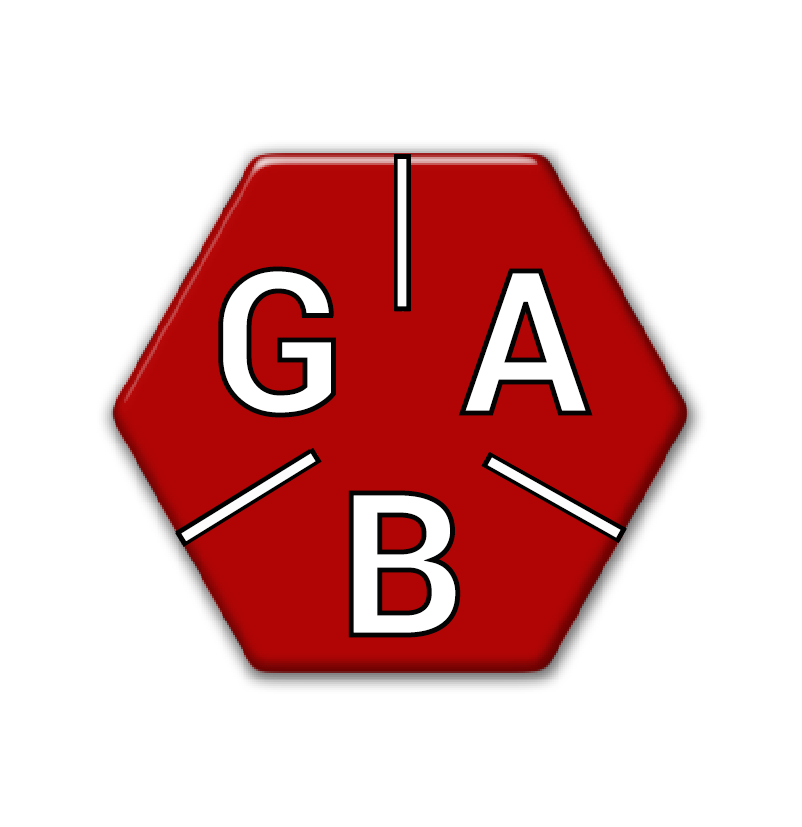Posted by GBA Components
on
January 12, 2017
So what is torque? Simply put, torque is the rotational force applied to an object; in this case, a bolt. Tension, on the other hand, can be thought of as the force trying to stretch the bolt, which produces clamp load. Torque does not equal tension. Torque is simply a means to achieve bolt tension and clamping force. For example, torque applied to a dry bolt installed in a light fixture will have a much lower clamping force than the same amount of torque applied to a lubricated or fluoropolymer coated bolt.
The reason for this is friction. This equation shows the relationship between torque, clamping force, and coefficient of friction.
T = F × D × k
T = Input torque (in•lbs)
F = Clamping force (lbs.)
D = Bolt diameter (in.)
k = Coefficient of friction
If we want to increase clamping force while not changing torque, then friction must decrease.
Here is a real life example of this principle at work. From left to right, we have a dry stainless steel bolt, a second stainless steel bolt which has had anti-seize applied to the threads, and a GBA fluoropolymer coated bolt.
All three of these bolts were torqued equally in a Skidmore-Wilhelm bolt tension calibrator. This tool displays bolt tension at a given torque value, in this case, 25 ft•lbs. As you can see, friction plays a large role in clamping force, and torque alone is not a reliable means of measuring that force.
One of the main advantages of our fluoropolymer coated bolts is a very low coefficient of friction. As shown, this translates to much higher clamping forces without increasing torque.
This video compares the clamping force of stainless steel bolts to our grade 5 coated bolt using a Skidmore Wilhelm bolt tension calibrator.


